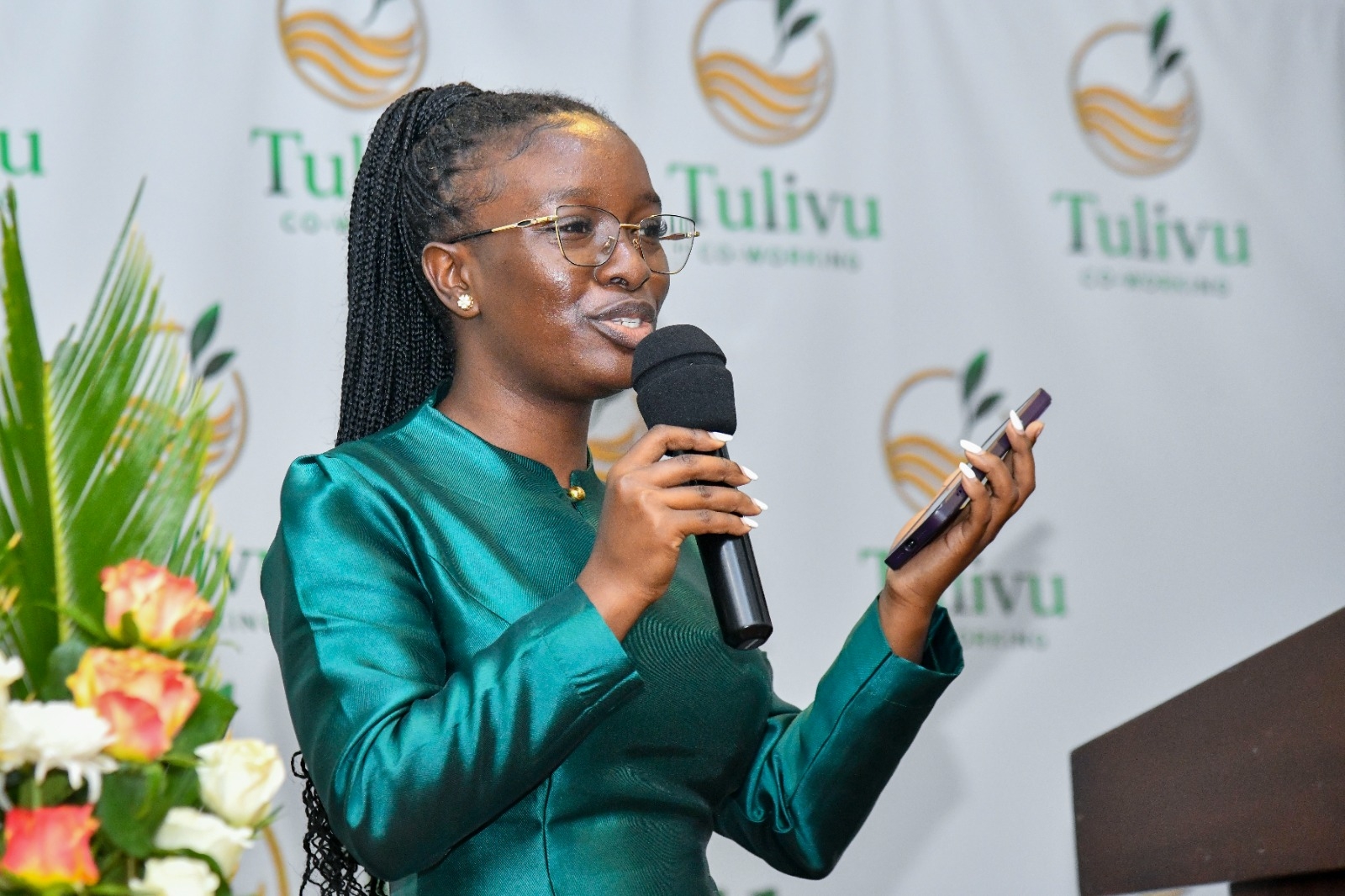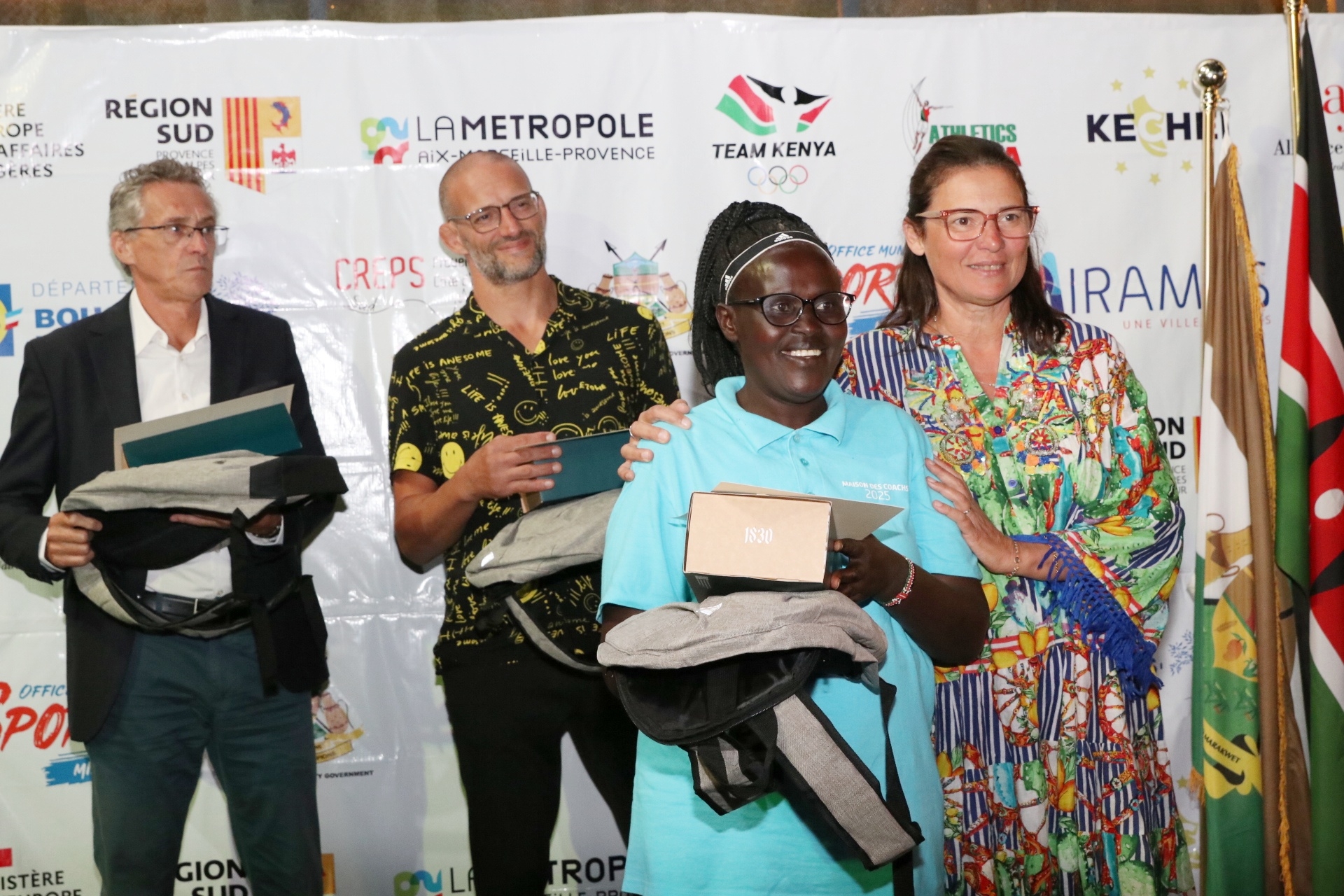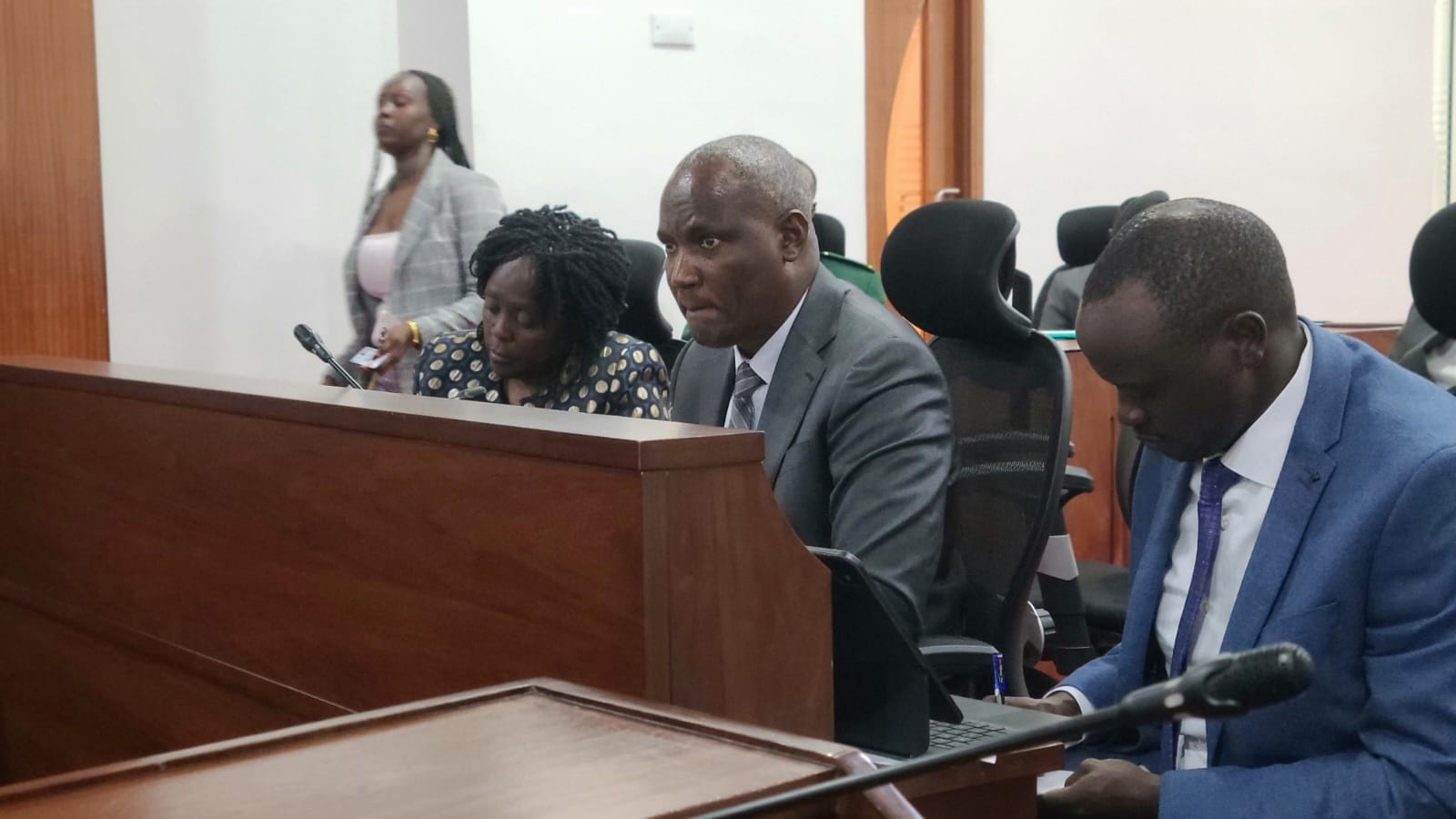Africa’s oldest environmental society has written to Nema to reject a proposed mining project in Kilifi county.
Nature Kenya— or the East Africa Natural History Society - has termed the proposed Sh12 billion project an ‘outrageous plant’ that will harm national heritage.
"Setting up the proposed clinker and Portland cement manufacturing plant at Chasimba is giving away our national heritage. It is ill-advised, culturally insensitive, environmentally disastrous and will lead to the extinction of species only found in this area. This project must be stopped immediately,” Nature Kenya executive director Dr Paul Matiku says in a letter to Nema director general Mamo Mamo dated January 18.
Nature Kenya was established in 1909 to promote the study and conservation of nature in eastern Africa.
Matiku says an environmental and social impact assessment conducted for the project lacks full disclosure of the biodiversity of the area.
"Under the Global Biodiversity Framework, all businesses must disclose their dependencies on biodiversity (Target 15). The factory site is less than 200 meters from the famous Mawe Meru and within one kilometre of other limestone outcrops,” Matiku says.
The objective of an ESIA is to ensure that environmental and social concerns are integrated into the development of a project and therefore ensure sustainable development. It has covers and considers all environment-related features and aspects.
Notably, the assessment identifies potential environmental impacts associated with a project, impact mitigation measures, and environmental and social management plans.
Matiku says the proposed limestone mine, which is the source of raw materials, targets the Chasimba and surrounding ecologically sensitive area that the proponent has either ignored or blatantly refused to recognise.
“The ESIA has totally ignored the biodiversity studies and stakeholder consultations that demonstrate that the Chasimba limestone area is irreplaceable,” the environmentalist says.
Matiku says Chasimba has more than 196 plant species, of which 31 are on the International Union for Conservation of Nature Red List, classified as Critically Endangered (two species), Endangered (nine), Vulnerable (11), and Near Threatened (nine).
Mashujaa Q&M PLC has proposed to develop the Mashujaa Q&M Limestone Mine Site at Chasimba sublocation in Kilifi South subcounty.
The company contracted approved experts to conduct an ESIA for the proposed plant.
The team of experts and other stakeholders say they conducted the environmental impact assessment for the proposed limestone mine site through site visits, data collection, analysis and interpretation, stakeholder's engagements, consultations, and public participation.
The mining project is on a limestone mineral-bearing zone recognised by the Ministry of Petroleum and Mining.
Kilifi county hosts several mineral ores including manganese, iron, limestone and titanium at Vipingo and Sokoke areas.
Some of the existing industries operating in the are manganese artisanal mines at Galanema, river sand extraction at Kizingo, the National Cement Company Limited, ballast stone production, and Mombasa Cement at Vipingo area.
The proposed mining processes will consist of limestone mine block and sizing area, ore loading, waste dump, haulage, ore storage, ore loading area.
Matiku says Chasimba hosts a population of Africa Violet, a critically endangered Kenyan endemic sub-species that prefers limestone outcrop crevices/substrate and is represented by only three populations, all in Kilifi county.
“Chasimba’s endangered species include the plants Premna discolour var discolour, Cola octoloboides, Zehneria monocarpa and Premna mwadimei that were discovered in 2020 and 2021 respectively,” Matiku says.
He says the spectacular underground limestone outcrop features would be destroyed should the project be allowed.
The Chasimba block and surrounding areas have a well-formed cave system that has taken millions of years to form by percolating ground and surface waters resulting to subterranean passages which display amazing formation such as the Kambe Limestone Belt.
Matiku says Chasimba is a heritage site with historical and cultural values and potential as a Unesco Geo Park with outstanding universal values for humanity and tourism today and in the future.
He says the ESIA failed to capture Chasimba’s threatened biodiversity.
“The proponent, despite the huge project budget of Sh12 billion, has not demonstrated an understanding of the site or local population, nor any commitment to safeguard ecosystems or save species and their habitats.”
Matiku says the ESIA reveals scientific ignorance as it contains carelessly worded generic statements such as "species will be relocated to Arabuko Sokoke Forest" or the site is devoid of any "eco sensitive area", or "impact on biodiversity and wildlife minimal."
“The experts ignored the threatened plants, geological features and cultural values of Chasimba rock outcrops,” Matiku says.
The Nature Kenya chairman says Nema should reject the ESIA report.
“Further, Nature Kenya requests Nema to inform all potential cement companies and other investors as follows: Chasimba and all areas around Chasimba are geologically and ecologically fragile and must not be subjected to any form of mining.”
He says there is a need to carry out comprehensive surveys of African violet and other rare plants in the entire Coast region by involving relevant stakeholders such as East African Herbarium, National Museums of Kenya, Kenya Wildlife Service, and Kenya Forest Service.
There is a need to carry out comprehensive studies in the cave system of Chasimba and other similar sites including early human use, bat colonies, endemic insects and reptiles in the caves to enhance species recovery, reduce extinction risks and unify the studies with community conservation initiatives.
The extracted limestone ore will be conveyed and transported to the storage ground area by haulage trucks. Some of the positive environmental impacts of the project, according to the proponent, include creation of employment opportunities, and increase in the supply of limestone for cement manufacturing and other industries.
Another projected benefit is increased revenue to government through royalties and taxes .
The negative environmental impacts of the project according to the ESIA report include those on land and environment, increased air pollution, dust emissions, gaseous emissions and noise pollution.










![[PHOTOS] Uhuru leads Jubilee grassroots meeting in Murang’a](/_next/image?url=https%3A%2F%2Fcdn.radioafrica.digital%2Fimage%2F2025%2F11%2F0b2a49cd-52fb-4a92-b9dc-26e253825a4a.jpeg&w=3840&q=100)

